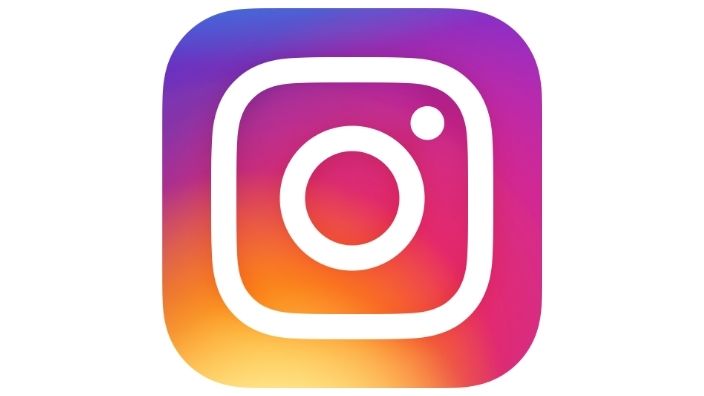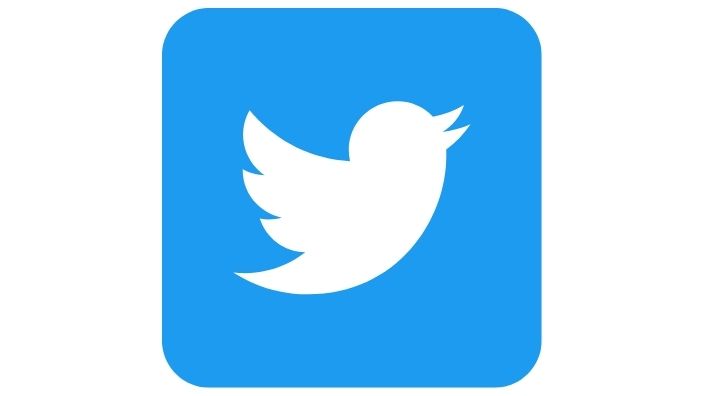Top 5 Common Social Media Mistakes and How To Avoid Them
1. Not Having a Plan
It’s best to have a separate strategy for each platform, or people will tire of seeing the same message and lose interest. So before you dive into the different social media platforms, ask yourself what you hope to achieve and how you can use each platform to get there. Having a marketing plan will help you achieve the goals you set.
Follow AMTA on Facebook for posts you can share with massage clients
2. Doing Too Much, Too Soon
Don’t feel obligated to join every social media platform out there—there may be some that just don’t make sense for your business. Pick one or two that you are familiar with, or that you know your competitors and clients are using, and focus on them. Quality is more important than quantity, and spreading yourself too thin could end up causing all of your accounts to suffer.
3. Not Engaging with Your Audience
Respond to comments and questions you receive, and actively engage with people on relevant posts in your community. It is also important to address negative comments or criticism because doing so will show that you are authentic and transparent. People will appreciate your honesty, and distrust you and your brand if you delete or ignore a problem.
4. Not Budgeting Enough Time
Whether you’re planning, creating a post, or engaging with your audience, social media marketing takes time. You need to be able to interact and build up your online presence consistently, even if it’s just for 10 minutes a day. If you can’t find the time or aren’t willing to take the necessary time, it’s best not to start.
5. Failing to Measure Return on Investment
It won’t be worth your time and effort to have a social media campaign if you aren’t sure if it’s working. Many social media applications have analytics associated with their platforms, and outside apps and software can also provide you with information on how your accounts are doing.
You can also track the number of shares of your business’ content, brand mentions, returned traffic to your website, and the number of engaged community members by the number of likes, comments, and messages to see if your accounts are improving, stagnant, or worsening.




